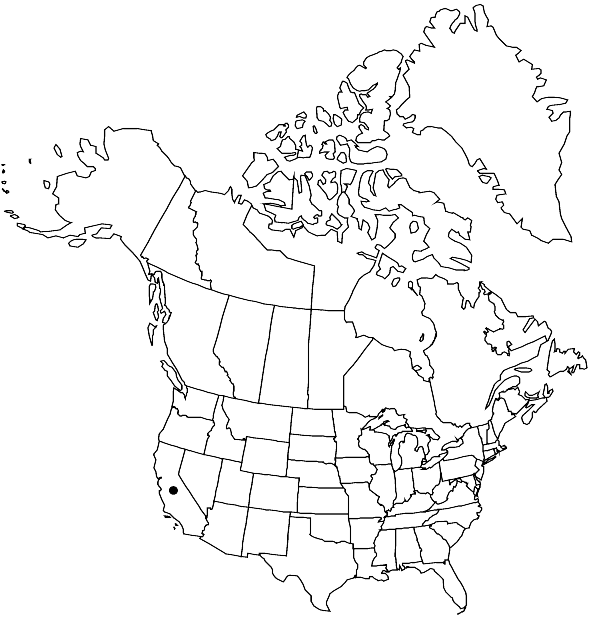Difference between revisions of "Weissia inoperculata"
Bryologist 67: 164. 1973,.
FNA>Volume Importer |
FNA>Volume Importer |
||
| Line 9: | Line 9: | ||
|name=Hymenostomum inoperculatum | |name=Hymenostomum inoperculatum | ||
|authority=H. A. Crum | |authority=H. A. Crum | ||
| + | |rank=species | ||
|publication_title=Madroño | |publication_title=Madroño | ||
|publication_place=14: 74, figs. 1–6. 1957 | |publication_place=14: 74, figs. 1–6. 1957 | ||
| Line 36: | Line 37: | ||
-->{{#Taxon: | -->{{#Taxon: | ||
name=Weissia inoperculata | name=Weissia inoperculata | ||
| − | |||
|authority=(H. A. Crum) H. A. Crum | |authority=(H. A. Crum) H. A. Crum | ||
|rank=species | |rank=species | ||
| Line 51: | Line 51: | ||
|publication year= | |publication year= | ||
|special status= | |special status= | ||
| − | |source xml=https://jpend@bitbucket.org/aafc-mbb/fna-data-curation.git/src/ | + | |source xml=https://jpend@bitbucket.org/aafc-mbb/fna-data-curation.git/src/f50eec43f223ca0e34566be0b046453a0960e173/coarse_grained_fna_xml/V27/V27_744.xml |
|subfamily=Pottiaceae subfam. Trichostomoideae | |subfamily=Pottiaceae subfam. Trichostomoideae | ||
|genus=Weissia | |genus=Weissia | ||
Revision as of 22:04, 16 December 2019
Leaves elliptic, base weakly or not differentiated in shape, shoulders absent, distal laminal margins plane to erect, rarely incurved, apex plane, acute to rounded-acute, mucro usually strong, of (3–)4–6(–7) cells; costal adaxial stereid band smaller than the abaxial; distal laminal cells 8–10(–13) µm wide. Sexual condition dioicous (perigoniate plants mixed with the archegoniate). Seta elongate, 0.2–0.3 cm. Capsule cleistocarpic, short-elliptic, operculum weakly differentiated, peristome absent.
Phenology: Capsules mature Feb.
Habitat: Garden, soil
Elevation: moderate elevation
Discussion
Weissia inoperculata is known only from the type specimen (Stanford University, Santa Clara County). It has a gametophyte much like that of Trichostomum brachydontium and may prove better placed in Trichostomum. The operculum is weakly marked off by a ring of several rows of small cells.
Selected References
None.

